“In dealing with a girl or a horse, one lets nature take its course.” Fred Astaire
And that’s how it all began… with a girl and the idea of a horse, well really a horse trailer. Though we are comfortable with horses and other livestock, it is simply impractical for us to pull the Vardo with a Vanner. So we began to examine an irony. Just what if we put the cart before the horse? Our Vardo, which historically would have been pulled by a horse, was being designed from something that was instead meant to pull a horse. So $200 later it was ours and nature was about to take its course!
When we found it, the trailer had been so ravaged by the elements that Blue could tear most of it away by hand. It was a quick demo and then came the base extensions and braking system, followed by the framing and filling. Even during the deepest snows of the winter he worked until his fingers were stiff with cold and couldn’t hold another screw. Winter gave way to Spring and still he worked. Nearly 4,000 hours of work have been given to the initial completion.
Space became our main nemesis. We are at 13 ft x 5 ft on the base. That is a mere 65 sq. ft of living and storage space. He was single mindedly driven to manipulate every inch of this wagon into some function. The hidden compartments may be found by generations yet to come. There are 9 that I’m aware of, but I would venture there are a few more tucked away Blue hasn’t yet told me about. One of which holds the horse-hair broom.
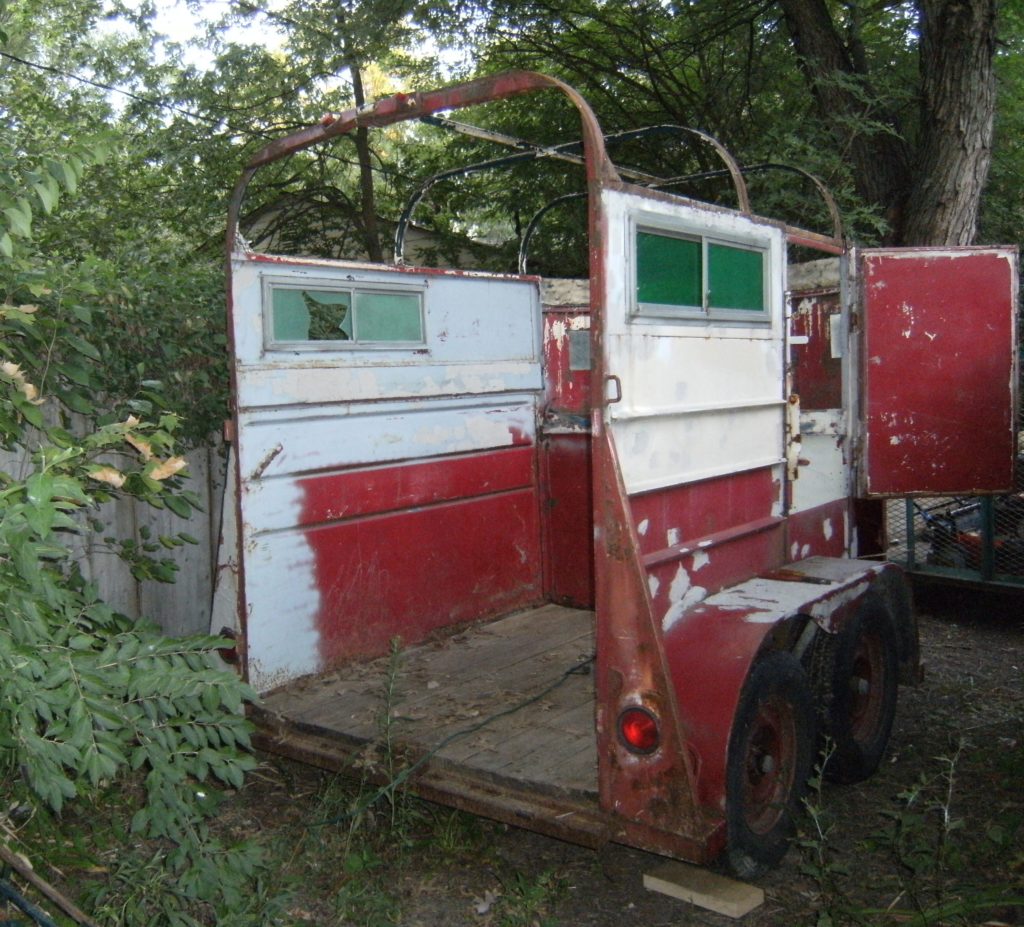
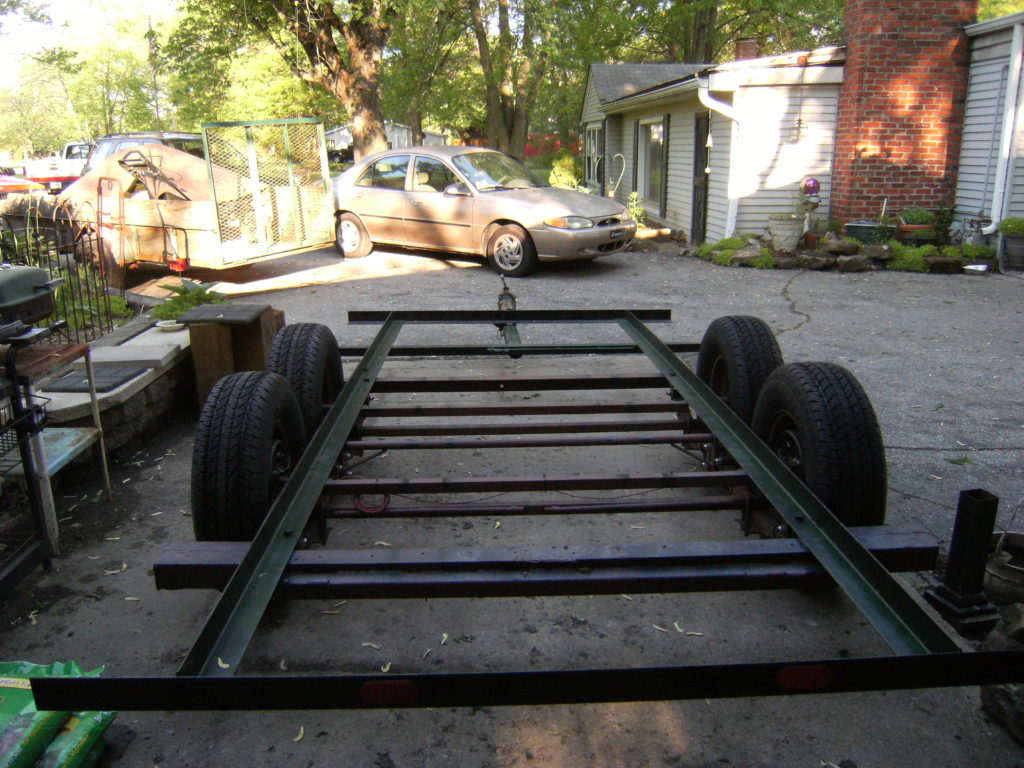
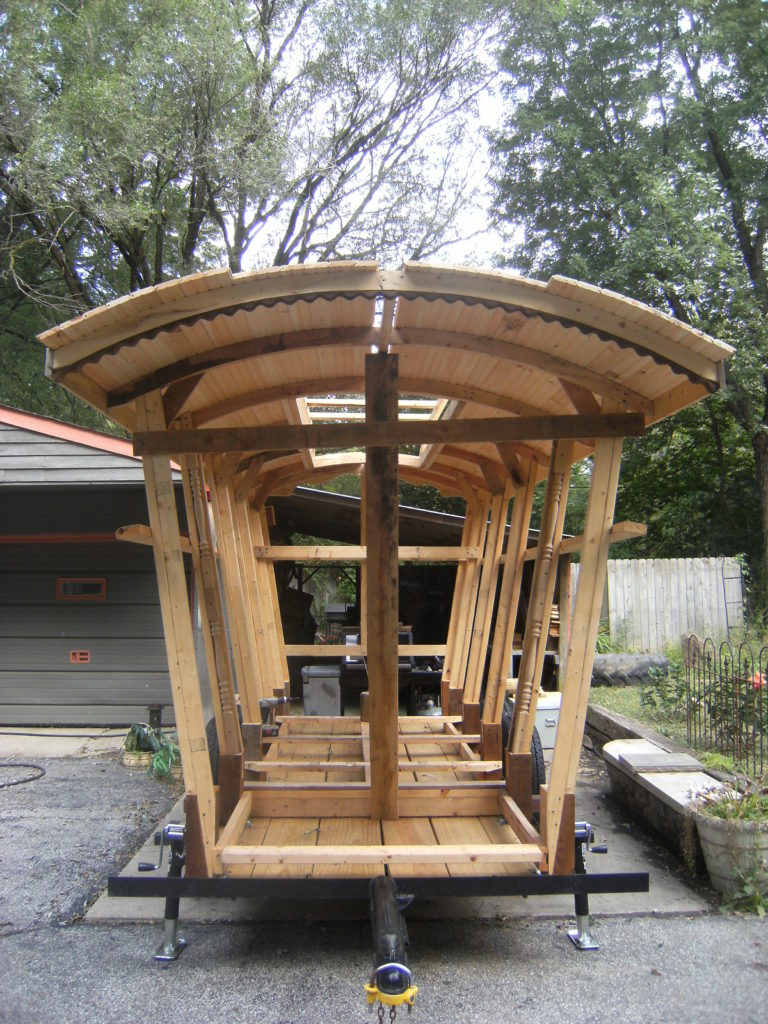
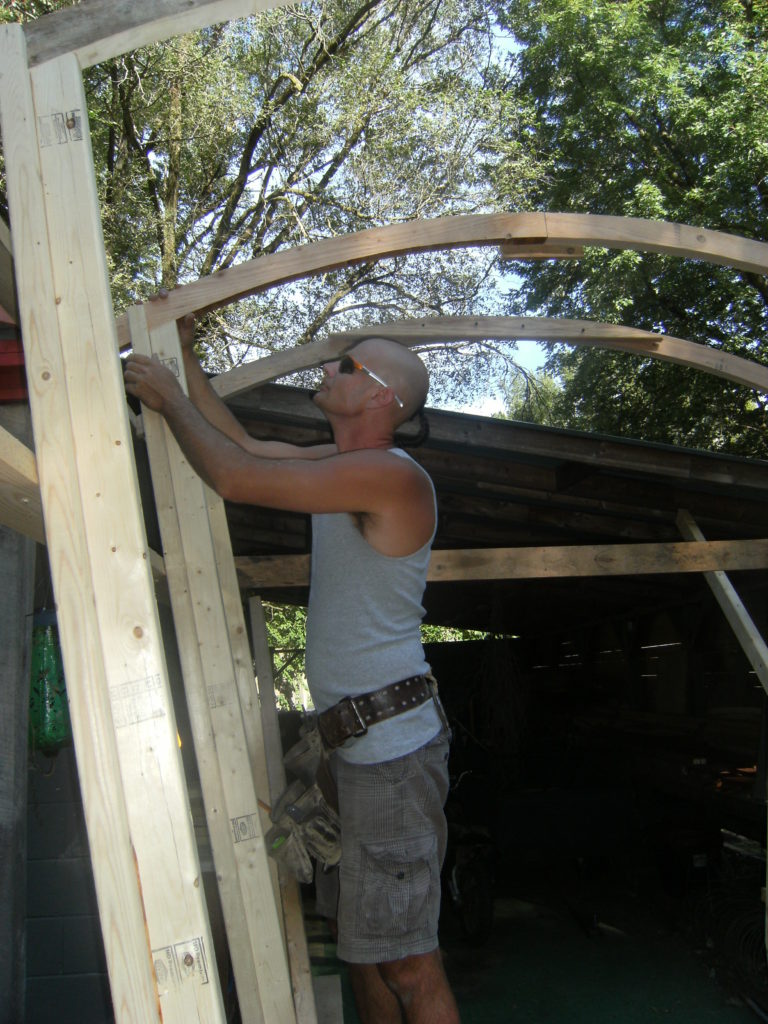
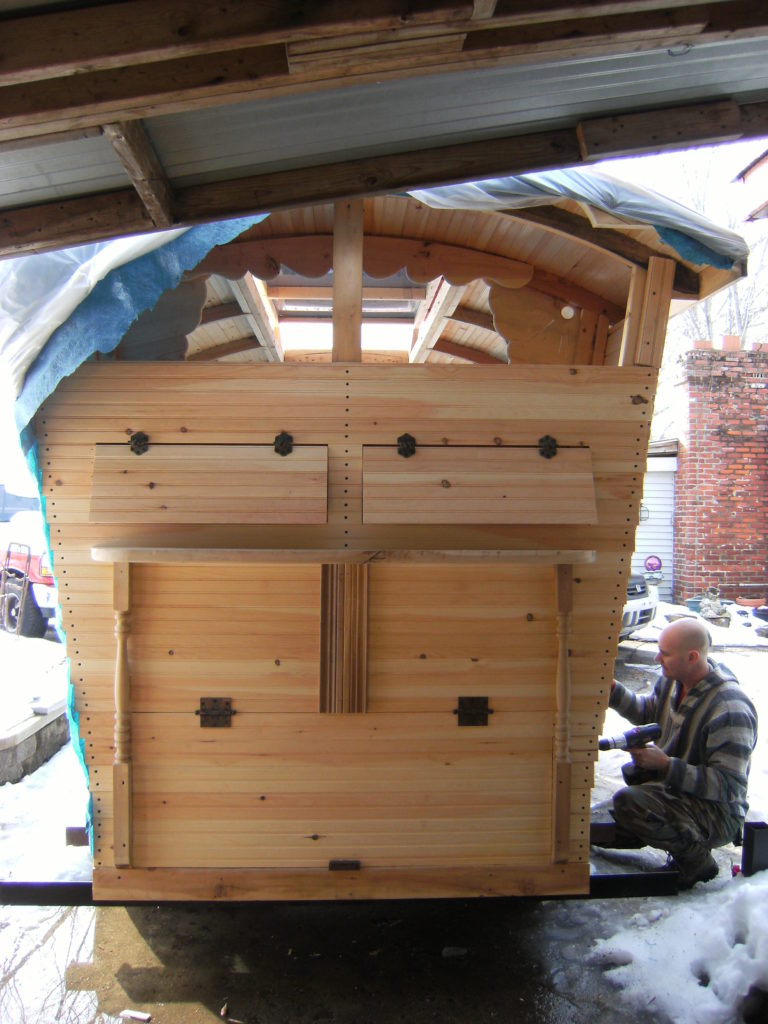
CURIOSITIES

The Gypsy Horse was bred by the Romanichal Travellers of Great Britain to pull the Vardoes in which they lived and travelled. Romanichal Travellers had arrived in the British Isles by 1500 AD, but they did not begin to live in vardoes until around 1850. Prior to that, they travelled in tilted carts or afoot and slept either under or in these carts or in small tents. The peak usage of the Gypsy caravan occurred in the latter part of the 19th century and the first two decades of the 20th.
Some aspects of training, management, and characteristics of a horse used to pull a Vardo are unique. For example, the horse is trained not to stop until it reaches the top of a hill; otherwise it may not be able to get started again. Training begins at a very early age with the young horse tied “with a short rope from the head to the trace-ring on the collar of the shaft-horse”, and led along on the off side. An old hat is sometimes placed on a fearful horse’s head so as to keep him from seeing back over the top of his blinkers at the wagon looming at his back. A horse used to pull a vardo which was a permanent home was usually in very good condition due to a combination of exercise, grazing a variety of greens in the hedgerows, and good quality care; the horse was considered part of the family. Since the family’s children lived in close proximity to the horse, one having “an unreliable temper could not be tolerated”.
The Gypsy Horse was also used to pull the “tradesman’s cart . . . used in conjunction with the caravan as a runabout and work vehicle and whilst on a journey”. This is also known as a flatbed or a trolley, and examples appear in the annual London Harness Horse Parade. Horse and bow-top wagon near Broadwell, Warwickshire
The Gypsy Horse breed as it is today is thought to have begun to take shape shortly after the Second World War. When the British Roma had first begun to live in vardoes around 1850, they used mules and cast off horses of any suitable breed to pull them. These later included coloured horses which had become unfashionable in mainstream society and were typically culled. Among these were a significant number of coloured Shire horses. Many of these ended up with Romanichal breeders, and by the 1950s, they were considered valuable status symbols within that culture. Spotted horses were very briefly in fashion around the time of the Second World War, but quickly went out of fashion in favour of the coloured horse, which has retained its popularity until the present day. The initial greater height of the breed derived from the influence of both Clydesdales and Shires.
In the formative years of the Gypsy Horse, the Romanichal bred not only for specific colour, profuse feather, and greater bone, but also for increased action and smaller size. To increase action at the trot, they first tried Hackney Pony breeding, but this blood reduced both feather and bone. The Roma therefore turned to the Section D Welsh Cob to add a more animated trot to the breed without loss of other desired traits. Another trend in breeding was a steady decrease in height, a trend still present among many Romani breeders. In the 1990s, the breed’s average height still was in excess of 15 hands (60 inches, 152 cm), but horses of 14.3 to 15 hands (59 to 60 inches, 150 to 152 cm) were beginning to be viewed as more desirable, primarily for economic reasons. John Shaw, a carriage painter from Milnrow, Rochdale, Lancaster, was quoted in 1993 as saying, “Very big, hairy coloureds are now in vogue. They are status symbols . . . but they are not really an economical animal. They cost too much to feed, harness and shoe. . . and they don’t stand up to the work. For that you want the vanner type of 14.3 to 15 hands (59 to 60 inches, 150 to 152 cm)”; larger horses require more fodder than smaller ones, as well as larger harnesses and horseshoes.
The breed most used by the Romani breeders to set not only the size but also the type of the future Gypsy Horse was the Dales Pony, described as “thick, strong, . . . active yet a great puller”. The Dales, a draught pony, preserved the bone, feather, and pulling capabilities derived from the Shire and Clydesdale breeds but in a smaller and therefore more economical package. The Dales and, to a lesser extent, the Fell Pony interbred with the Shire and Clydesdale provided the basis of today’s Gypsy Horse.
Since the Romani people who developed the Gypsy Horse communicated pedigree and breed information orally, information on foundation bloodstock and significant horses within the breed is mostly anecdotal. The two foundation sires of the breed are reportedly known as The Old Coal Horse and Sonny Mays’ Horse. It is said that The Coal Horse goes back to a grey Shire stallion known as Shaw’s Grey Horse of Scotland. The origins of the breed appear to be Irish, and the name Connors appears prominently in the breed history. In a poorly recorded interview, well-respected breeder Henry Connors gives some of the lineage of the horse. It includes horses with names such as Ben’s of Bonafay, Jimmy Doyle’s Horse of Ballymartin, Henry Connors’ White Horse, The Lob Eared Horse, The Sham Horse, and Old Henry. https://en.wikipedia.org/wiki/Gypsy_horse